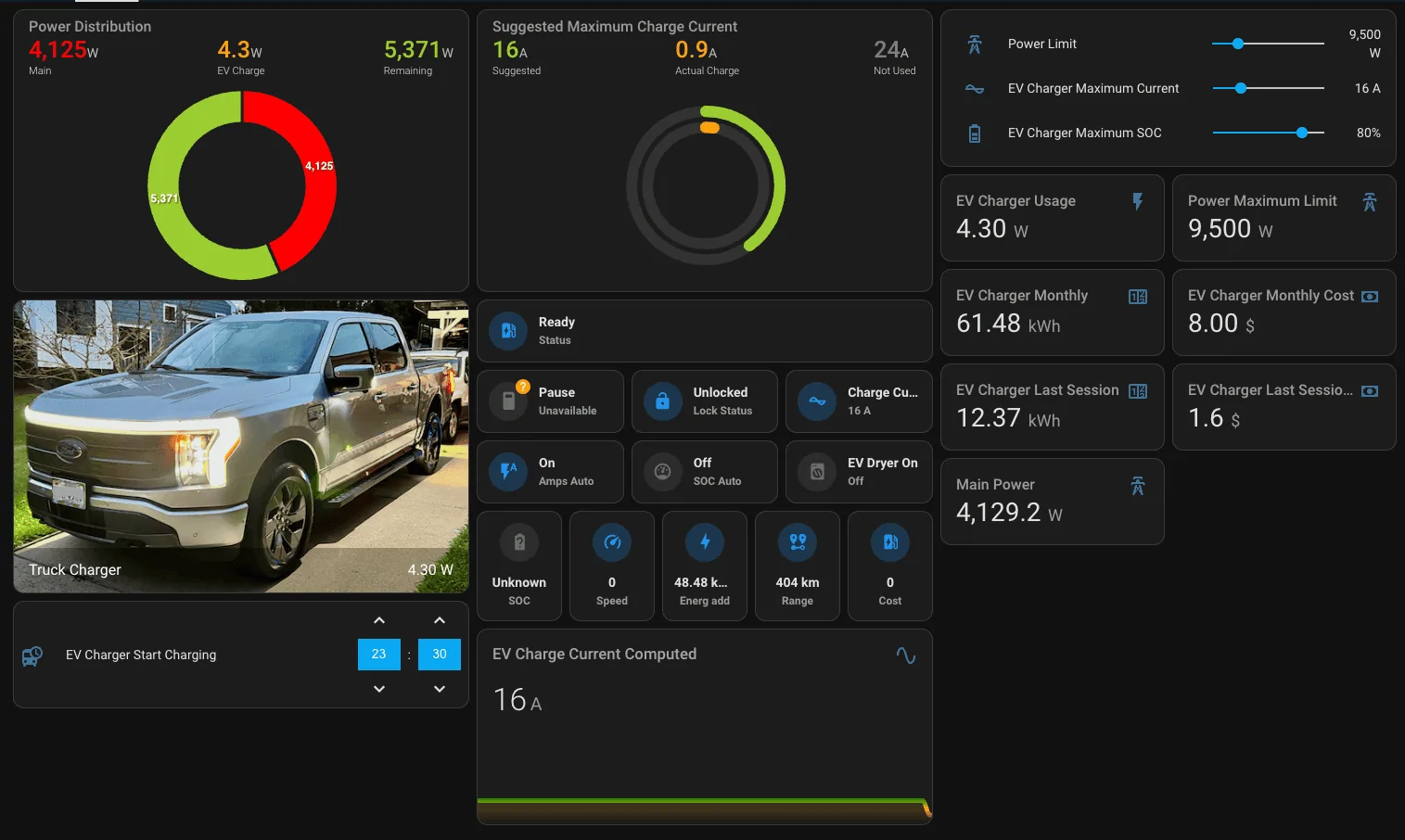mr.Magoo
Well-known member
- Thread starter
- #16
I'm using this box / case.
https://www.waveshare.com/product/r...ts/compute-module-4-cat/cm4-io-base-box-a.htm
They do have a very similar one with UPS/ backup but it has some flaws(been there done that) so I wouldn't recommend it, the previous one is much better and half the cost.
Plus with the delayed power off on the accessory power you don't really need a UPS / backup.
I'll probably post an image of my setup this weekend, I'm at a point where it works quite well - although it isn't pretty.
https://www.waveshare.com/product/r...ts/compute-module-4-cat/cm4-io-base-box-a.htm
They do have a very similar one with UPS/ backup but it has some flaws(been there done that) so I wouldn't recommend it, the previous one is much better and half the cost.
Plus with the delayed power off on the accessory power you don't really need a UPS / backup.
I'll probably post an image of my setup this weekend, I'm at a point where it works quite well - although it isn't pretty.
Sponsored


